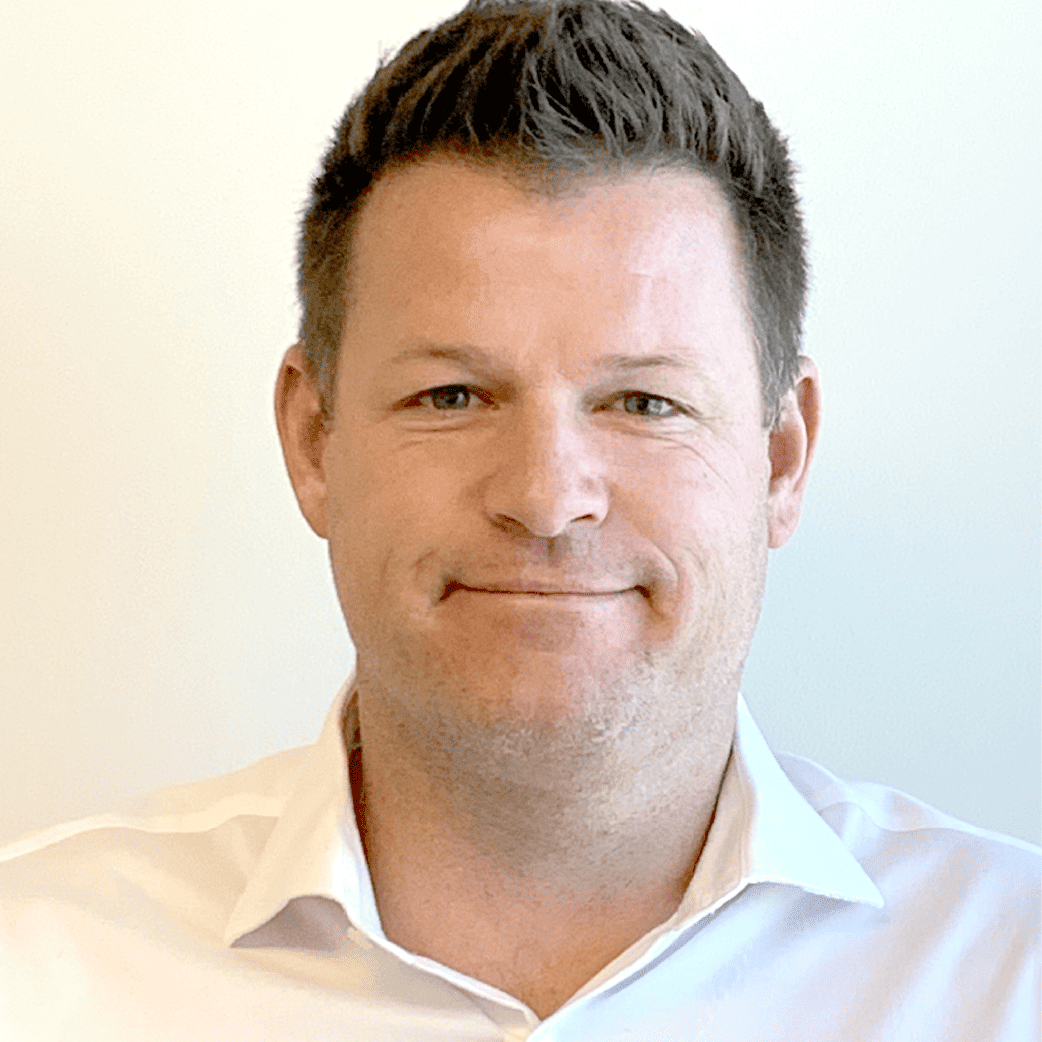Rising prices have led middle-class customers to shy away from luxury brands, impacting profits. Meanwhile, affluent Millennials are driving luxury item purchases, with 63% buying and 51% planning to spend more. Essilor Luxottica’s $1.5 billion acquisition of Supreme highlights a shift towards luxury apparel. In Canada, retail sales dipped by 0.8% in May, though Colliers reports increased foot traffic in stores due to population growth and essential shopping.
How Luxury Brands Can Reclaim Middle-Class Shoppers
Rising prices have pushed middle-class customers away from luxury brands like Burberry and Yves Saint Laurent, leading to declining profits. With these consumers making up over half of global luxury sales, brands are now cutting prices to regain their business. Economic pressures in markets like China and the U.S. have reduced spending, urging the industry to re-engage with this crucial segment to avoid losing them to more affordable options.
Source: The Wall Street Journal
Millennials’ Status-Driven Luxury Spending
Boston Consulting Group’s survey shows affluent Millennials prefer luxury goods over experiences, with 63% buying luxury items and 51% planning to spend more. Driven by a desire for status and prestige, 54% want to display their wealth, influenced by social media. This trend contrasts with older generations, who are cutting back on luxury spending, revealing changing motivations in the market.
Source: Forbes
EssilorLuxottica maker Ray-Ban Buys Supreme for $1.5 Billion
EssilorLuxottica, known for Ray-Ban, will acquire Supreme from VF Corporation for $1.5 billion, marking its first apparel purchase. The deal aims to diversify its portfolio and engage with a younger audience, including Generation Z. It also includes an 80% stake in Heidelberg Engineering, boosting its medical technology presence. The acquisition, closing by the end of 2024, will leverage Supreme’s brand while VF Corp shifts focus to its turnaround strategy.
Source: Reuters
Canadian Retail Sales Fall in May
Retail sales in Canada fell 0.8% to $66.1 billion in May, with declines in most sectors, especially food and beverage. Core retail sales dropped 1.4%, and e-commerce sales fell 3.6%. A preliminary June estimate shows a 0.3% decrease. TD Economics predicts a Bank of Canada rate cut due to slowed spending. Meanwhile, Salesforce data shows increased discounting and growth for non-Amazon retailers during Prime Day, despite ongoing high inflation and interest rates.
Source: Retail Insider
Canadian Retail Foot Traffic Up Amid Population Growth
Colliers reports rising foot traffic in Canadian retail stores, driven by population growth and essential shopping. Groceries and fast food see increased visits, while home improvement stores benefit from high traffic. Fitness chains experience declines. Colliers predicts potential slowdowns due to stricter temporary resident rules and a weakening job market.
Source: Retail Insider
Are your omnichannel logistics requirements being effectively addressed? Let’s explore your eCommerce fulfillment strategies if you have a moment for a brief call. Our team of seasoned logistics professionals is prepared to evaluate your needs and formulate a customized plan to propel your business forward.


